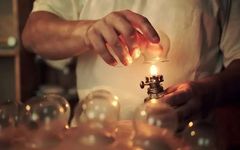Click the top left ↑ “Daoist Medicine Chen Ming” to follow the public account


Cupping therapy utilizes cups as tools, employing methods such as fire and suction to create negative pressure, which adheres to the skin surface, causing local bruising. This therapy aims to promote the flow of qi (气) and blood, reduce swelling and pain, and dispel wind and cold. Cupping has a long history in China, with references to the “Jiao Method” found in the “Fifty-Two Disease Formulas” written during the Western Han Dynasty, which is similar to modern cupping therapy. Cupping therapy was also popular in ancient Greece and Rome.
Nowadays, many people seek methods to improve their health, and some choose to visit TCM practitioners for cupping, believing it can help eliminate dampness from the body. Let’s explore the benefits and drawbacks of cupping to see if it can help you.
In our rapidly developing society, with increasing life pressures and the promotion of overall health, we all hope to make our health and lives more relaxed and comfortable. Many friends are now inclined to choose TCM for health management, and cupping is one of the methods. So, do you know the benefits and drawbacks of cupping?
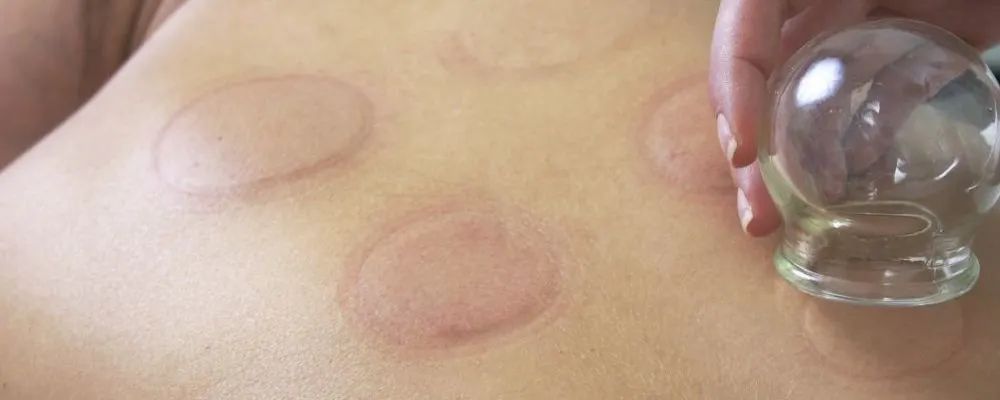
What are the drawbacks of cupping?
First, after cupping, there will be many marks on the back. These marks will fade over time, but for women, it may be inconvenient to wear backless clothing during the summer. This is a minor drawback, but for those who care about their appearance, it can be an issue.
Second, some people do not control the duration of cupping properly. Frequent cupping can lead to skin infections and severe bruising that may not fade. Therefore, cupping should be done in moderation; do not overindulge just because it feels good.
Third, the timing and intervals of cupping must be well managed. Some individuals enjoy the process too much and end up damaging their skin, leading to infections and severe bruising.
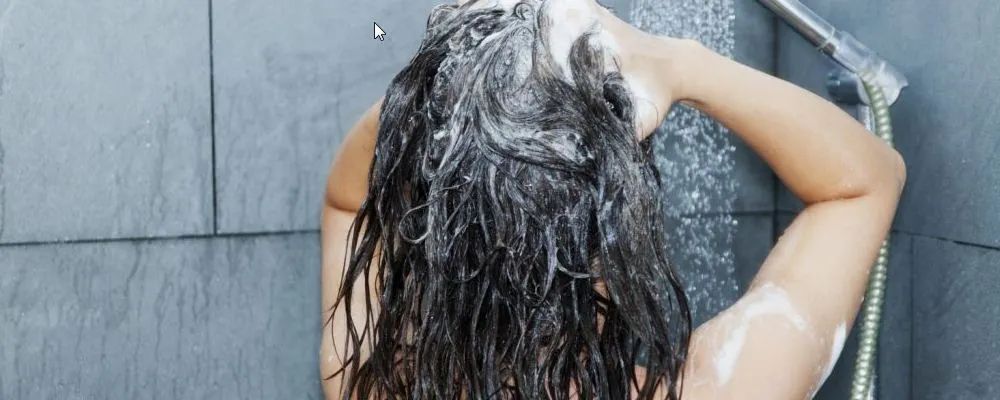
Finally, after cupping, it is essential to avoid bathing and exposure to cold for a certain period; otherwise, it may lead to illness even without pre-existing conditions, and in some cases, it can worsen existing conditions. Therefore, it is crucial to avoid bathing for one to two hours after cupping. Professional cupping practitioners will advise patients on this as well.
What are the benefits of cupping?
1. Enhances immunity and has excellent health benefits.
The negative pressure from cupping causes rapid local blood flow and bruising, leading to the rupture of small capillaries and hemolysis of red blood cells. The release of hemoglobin from red blood cells provides a beneficial stimulus to the body, which can regulate the functions of organs through the nervous system, enhance the phagocytic action of white blood cells, and improve the skin’s sensitivity and tolerance to external changes, thereby boosting the body’s immunity.
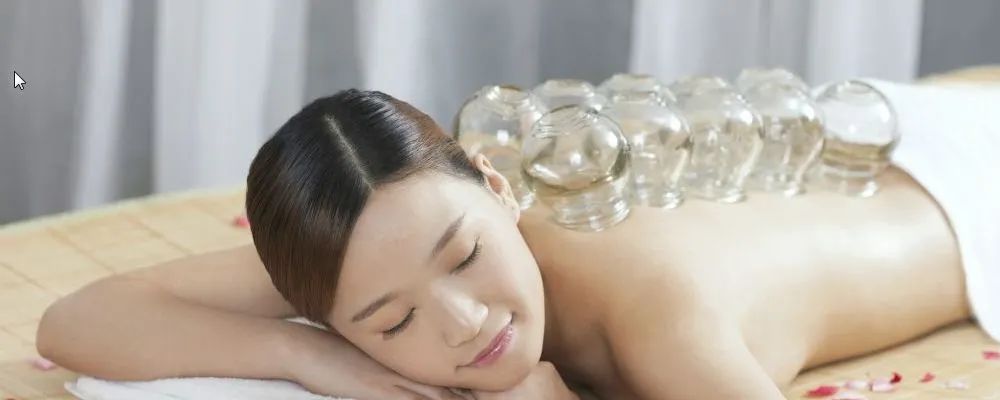
2. Cupping can help expel dampness and cold from the body through the skin, thereby eliminating pathogenic factors and revitalizing the spirit.
3. Since the meridians (经络), acupuncture points (穴位), and internal organs (五脏六腑) are interconnected, the external suction stimulates the acupuncture points on the body surface, which in turn regulates the internal organs through the meridians, promoting smooth circulation of qi and blood, and strengthening the body.
4. Cupping therapy, by applying negative pressure to the acupuncture points on the body surface, not only opens the pores and disperses wind and cold but also adjusts the functions of the internal organs and meridians, invigorating the body’s vital energy and aiding in the expulsion of pathogenic factors.
5. For local tissue injuries, lumbar disc herniation, and other symptoms, cupping can also be effective. Regular cupping can alleviate pain and relieve symptoms.
Although cupping is a natural therapy, it should be done in moderation and not excessively!
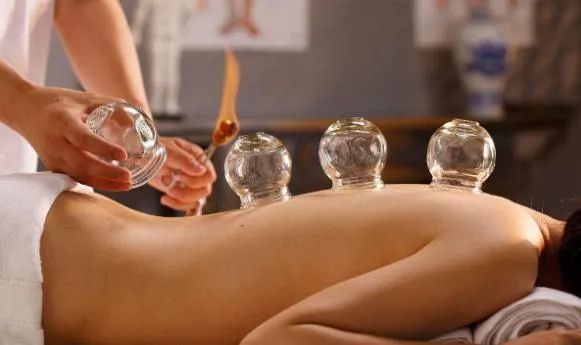
Currently, there are various types of cupping devices, including bamboo cups, glass cups, and suction cups.
1. Bamboo Cups
(1) Materials and Production Bamboo cups are made from solid, undamaged bamboo with a diameter of 3-5 cm, shaped into tubes 6-8 cm or 8-10 cm long, with one end left as a base and the other as the opening. The green skin and inner membrane are scraped off, and the cup is polished to make the opening smooth.
(2) Advantages Easy to source, simple to make, lightweight, durable, portable, economical, and not easily breakable; bamboo cups have strong suction and can be used on fleshy areas like the shoulders and back, as well as thinner-skinned areas like the wrists, ankles, and neck, showing a clear advantage over small-diameter glass cups. Additionally, bamboo cups can be boiled in medicinal liquids before use, enhancing local blood circulation and providing a dual effect through the permeation of the medicinal liquid.
(3) Disadvantages Prone to drying and leaking; opaque, making it difficult to observe skin reactions inside the cup, thus not suitable for bloodletting cupping.
2. Glass Cups
(1) Materials and Production Glass cups are made from heat-resistant glass, shaped like a sphere with an opening at the bottom, and come in various sizes based on the diameter of the opening and the chamber.
(2) Advantages Their smooth openings and transparent material allow for easy observation of the skin’s congestion and bruising, helping to determine the duration of cupping. They are the most widely used cupping devices in clinical practice, especially suitable for moving cupping, flash cupping, bloodletting cupping, and needle retention cupping.
(3) Disadvantages They conduct heat quickly, posing a risk of burns, and are easily breakable.
3. Suction Cups
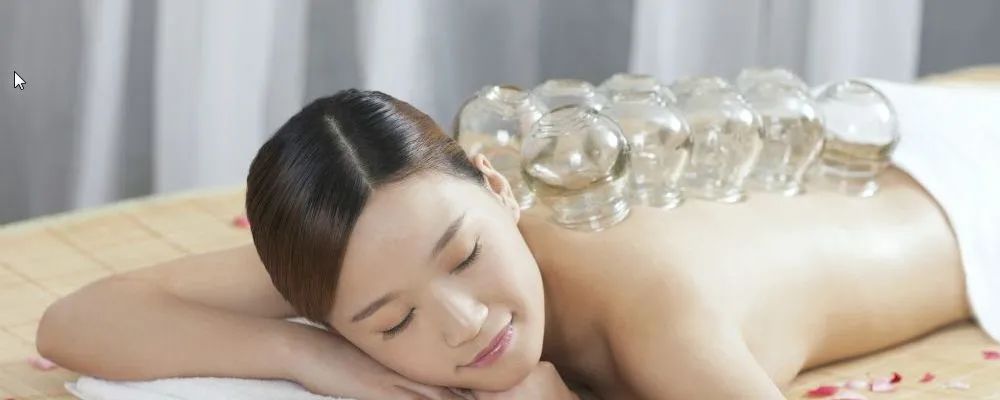
(1) Materials and Production Suction cups are made from organic glass or transparent engineering resin, using a piston at the top to control air extraction, creating negative pressure inside the cup.
(2) Advantages Suction cups do not require fire or electricity, eliminating safety hazards and preventing burns; they are easy to operate and widely used for personal and family self-care, making them a popular new type of cupping device.
(3) Disadvantages Lack the warming stimulation effect of fire cupping.
Important reminders for cupping:
(1) The cupping area or acupuncture points should generally be chosen on fleshy, well-padded areas with less hair. Excessive suction or prolonged cupping can cause blisters on the skin.
(2) For first-time patients, those who are weak, nervous, elderly, children, or prone to adverse reactions, it is advisable to use smaller cups and limit the number of cups, ensuring they are lying down and monitored closely for any issues. Non-compliant patients should not undergo cupping.
(3) During cupping, movements should be steady, precise, gentle, and quick.
(4) Patients should be instructed not to change positions during cupping to prevent the cups from falling off. When using multiple cups, they should not be placed too close together to avoid skin pain from pulling or cups falling off due to mutual pressure.
(5) Patients with generalized edema should not undergo cupping.
(6) Patients with severe skin allergies, damaged or ulcerated skin, fractures, varicose veins, cancerous lesions, or skin lacking elasticity should not undergo cupping.
(7) Cupping should not be performed on facial areas, the anus, or the apex of the heart. Pregnant women should avoid cupping on the abdomen and lower back.
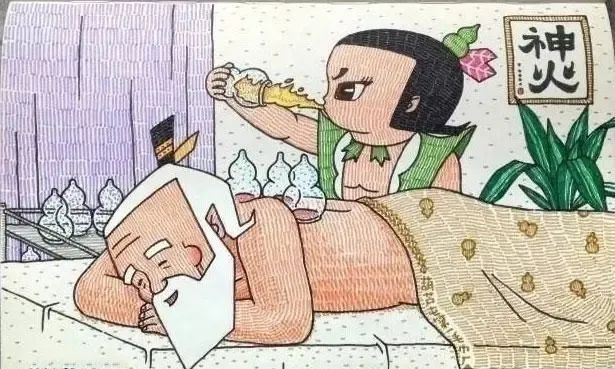
-
Methods of Cupping
Key points for the flash fire method: Use tweezers to hold an alcohol-soaked cotton ball, ignite it, and quickly pass it around the inside of the cup before removing it; swiftly place the cup over the targeted area to create suction.
2. Applications of Cupping
(1) Retained cupping involves placing the cup on the skin and leaving it in place for 5-10 minutes; it is commonly used for wind-cold-damp bi syndrome, neck, shoulder, waist, and leg pain.
(2) Moving cupping involves applying a liniment to the rim of the cup, attaching it to the skin, and then moving it back and forth until the skin becomes red; it is used for larger areas with thick muscle, such as the lower back, and is often used for colds and coughs.
(3) Flash cupping involves quickly placing and removing the cup multiple times until the skin becomes red; it is often used for facial paralysis.
(4) Bloodletting cupping involves first pricking the skin with a plum blossom needle or three-edged needle to draw blood, followed by cupping to collect 3-5 ml of blood; it is commonly used for acne and other skin conditions.
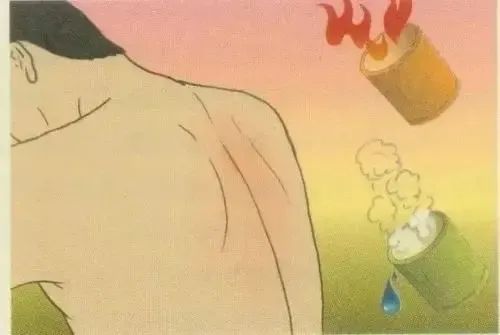
Thank you for reading! Please share this article with more friends to help everyone stay healthy!!!

This text and video are shared from the internet for informational purposes. If there is any infringement, please notify for removal.

